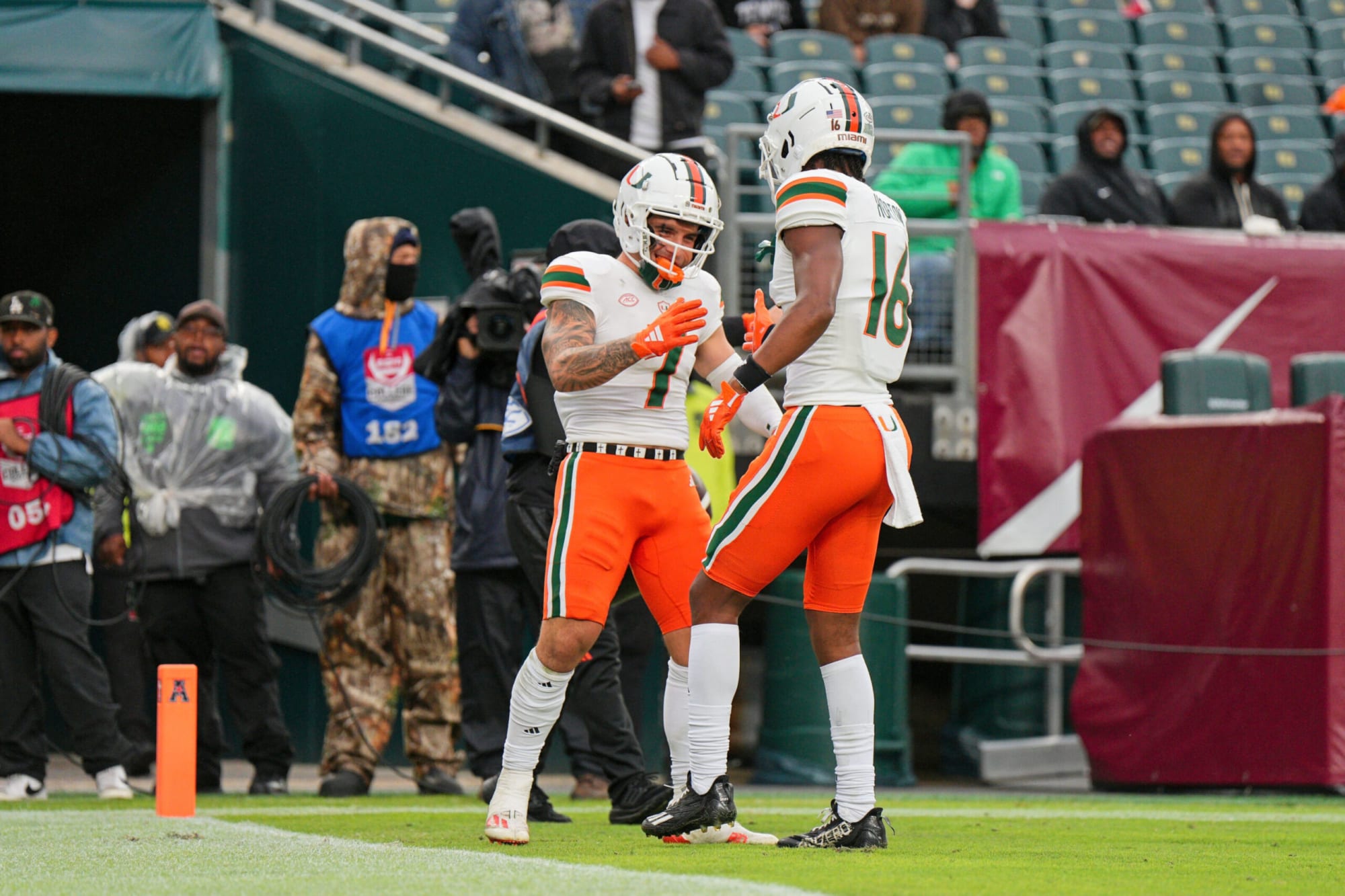Austrian on his way to Copa America final in Miami acted quickly after bag caught on fire on plane in San Francisco
SAN FRANCISCO – Oliver Jankai — a European who traveled with his family to witness the Copa America final — said he threw a bag that had caught fire on the plane Friday at San Francisco International Airport.
Jankai, who lives in Vienna, Austria, was aboard American Airlines flight 2045 on Gate B17, ready to fly to Miami International Airport when one of his sons feared something was wrong.
The teenage boy could smell something burning. They were in the back of the AA Airbus A321-231 on row 35. Amid the fetid, he said flames shot up from a bag under a seat. Jankai said despite request for inaction, his son opened the plane’s door, and he threw out the bag.
“I just shot it out of the plane,” Oliver Jankai said after landing safely at MIA on Saturday and picking up his luggage.
According to an air traffic control recording, an American Airlines flight deck employee warned at about 12:15 p.m.: “Mayday! Mayday! Mayday! There is a fire in the back of the aircraft. Send the fire rescue.” An air traffic control employee responded, “They should be there in two minutes.”
The American Airline crew deployed emergency exit slides. According to the San Francisco Fire Department, three suffered minor injuries and were treated at the airport.
The airline reported the fire had started in a laptop with a lithium-ion battery inside a passenger’s bag. Austrian media identified Jankai as a restauranteur.
According to the National Fire Protection Association, overheating can cause a lithium battery fire — and even result in an explosion — when damaged or improperly used, charged, or stored.
The safety tips include disconnecting a battery once it’s charged, using equipment that is compatible with the device, stopping using a battery when it is damaged, has an odor, excessive heat, there are popping sounds, swelling, or changes in color.
Here is what the NFPA wants you to know:
-
Why are lithium-ion batteries flammable?
Lithium-ion batteries store a lot of energy in a small amount of space. When that energy is released in an uncontrolled manner, it generates heat, which can turn certain internal battery components into flammable and toxic gases.
-
How do fires from lithium-ion batteries start?
Lithium-ion battery fires happen for a variety of reasons, such as physical damage (e.g., the battery is penetrated or crushed or exposed to water), electrical damage (e.g., overcharging or using charging equipment not designed for the battery), exposure to extreme temperatures, and product defects.
-
What are some unique dangers of lithium-ion battery fires?
Heat, smoke, the release of toxic gases, and the potential for explosions are the dangers associated with lithium-ion battery fires.
-
Where is the safest place to charge batteries in e-bikes and electric vehicles?
When it comes to e-bikes, e-scooters, and electric vehicles, the safest place to charge these devices is outdoors away from any structure or enclosure and not in direct sunlight. Do not charge a battery when either the charger or the battery is damaged. Do not store batteries in extremely hot or cold locations or in an area that blocks the only exit out of to a room. And do not attempt to modify the battery or charger.
-
Once the batteries catch fire and water is applied to them, does it make the fire worse because lithium in the presence of water creates combustible hydrogen?
Firefighters should use water to fight a lithium-ion battery fire. Water works just fine as a fire extinguishing medium since the lithium inside of these batteries are a lithium salt electrolyte and not pure lithium metal. Confusion on this topic stems from the fact that pure lithium (like what you see in the table of elements) is highly reactive with water, while lithium salts are non-reactive with water.
-
How should lithium-ion batteries be disposed of?
Lithium-ion batteries and the devices that contain them should not go in household garbage or recycling bins. They can cause fires during transport or at landfills and recyclers. Instead, lithium-ion batteries should be taken to separate recycling or household hazardous waste collection points. Many stores that sell large quantities of lithium-ion batteries will have a recycling program where you can return the batteries there. Your local waste management or recycling center should be able to take lithium-ion batteries as well.
Related social media
Copyright 2024 by WPLG Local10.com – All rights reserved.



/cloudfront-us-east-1.images.arcpublishing.com/tbt/3QPPHCIVAYEG2EL3HIUFETMNBE.jpg)